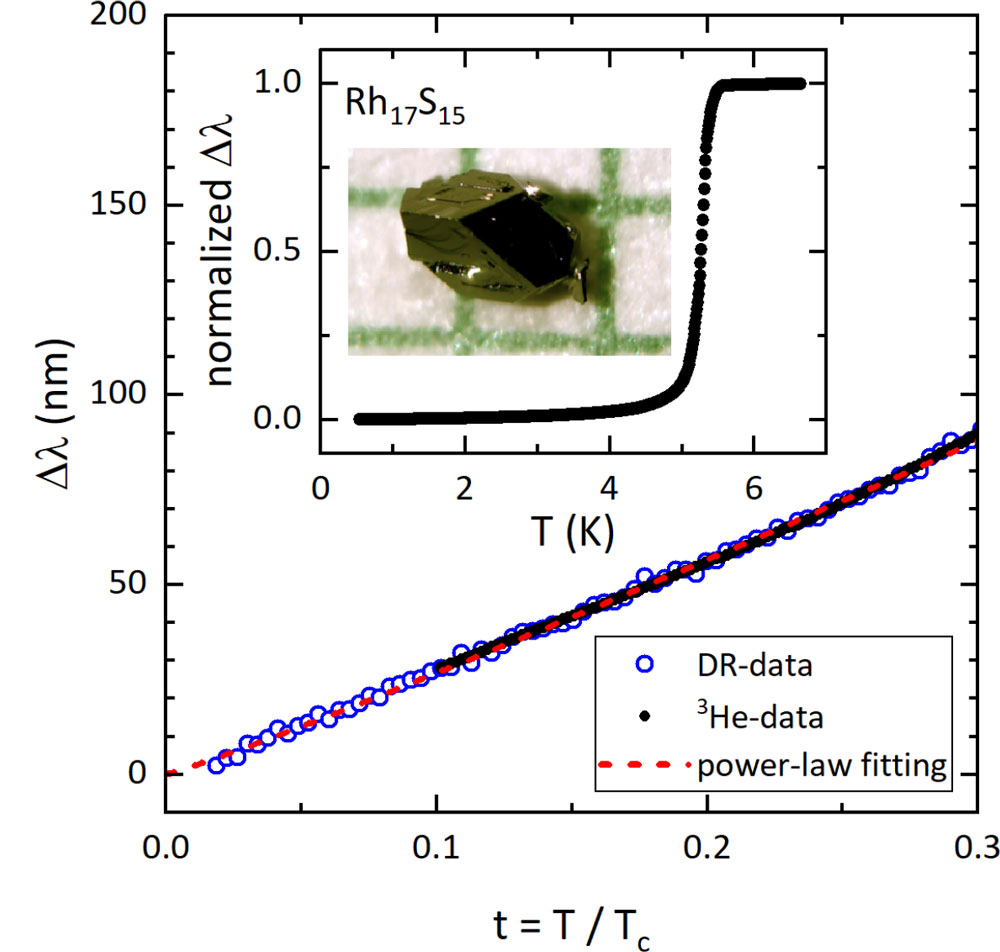PC-1-3
A natural surprise: The unconventional superconductivity of Rh17S15
11:00-11:15 28/11/2023
Hyunsoo Kim, Makariy A. Tanatar, *Philip M. R. Brydon, and Ruslan Prozorov
Department of Physics and MacDiarmid Institute for Advanced Materials and Nanotechnology, University of Otago, P.O. Box 56, Dunedin 9054, New Zealand
Despite the large variety of different mineral compounds found in the earth's crust, most materials of interest in solid state physics are artificial, i.e. only produced in the lab. Apart from native metals such as tin or lead, naturally-occurring superconducting compounds are rare. One of only a handful of such materials is the cubic mineral Rh17S15, also known as miassite, which can be found near the Miass River in the southern Urals of Russia. Although the first observation of superconductivity in laboratory-grown RRh17S15 was reported almost 7 decades ago [1], this material has attracted renewed interest in the last 15 years as a strongly-correlated superconductor. In particular, both the heat capacity jump at the critical temperature and the upper critical field significantly exceed theoretical expectations [2]. Nevertheless, the key microscopic parameter governing the superconductivity – the superconducting gap – has remained unclear.
Here I will outline our work to determine this superconducting gap through penetration depth and controlled disorder experiments [3]. The consistent picture emerging from our results indicates that Rh17S15 has line nodes; our theoretical analysis suggests an extended s-wave gap in the A1g irrep. This makes Rh17S15 the only example of a naturally-occurring unconventional superconductor.
[1] B. T. Matthias, E. Corenzwit, and C. E. Miller, Phys. Rev. 93, 1415 (1954).
[2] H. R. Naren, A. Thamizhavel, A. K. Nigam, and S. Ramakrishnan, Phys. Rev. Lett. 100, 026404 (2008).
[3] H. Kim, M. A. Tanatar, M. Kończykowski, U. S. Kaluarachchi, S. Teknowijoyo, K. Cho, A. Sapkota, J. M. Wilde, M. J. Krogstad, S. L. Bud’ko, P. M. R. Brydon, P. C. Canfield, and R. Prozorov, arXiv:2306.00261
